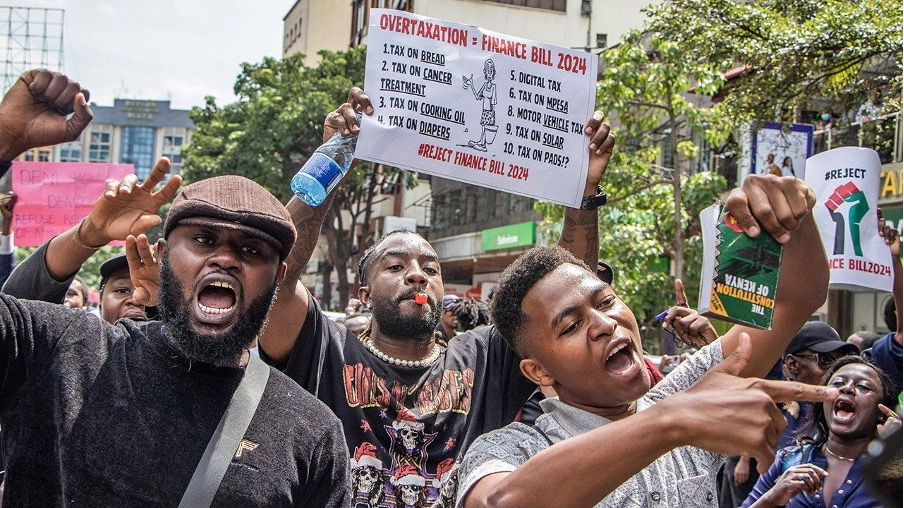What exactly makes up the ICJ?
- Yixuan Liu

- Aug 4
- 3 min read

The UN has six principal bodies, and without a doubt, The International Court of Justice sounds just as revered and complicated as its title suggests. Located in The Hague, Netherlands, this World Court tackles and settles international disputes between different nations within the United Nations itself, utilising international law.
History:
Initially, the World Court was the Permanent Court of International Justice established by the League of Nations in 1920. However, the post-WW2 tide had brought in the United Nations and washed away the League of Nations, replacing the PCIJ with the ICJ after its last public session in December 1939. In 1941, the United States and United Kingdom announced their support for re-establishing an international court and in April 1947, the nations created The Statute of the ICJ including 70 articles detailing the court’s procedure in the event of a case being submitted by any nation within the UN.
Composition:
The Judges
There are 15 judges, each elected for nine-year terms by the UN General assembly and the UN Security Council from a list of nominees chosen by the nation groups within the Permanent Court of Arbitration (a non-UN organisation which provides administrative support). These candidates are then elected using the procedures highlighted by Articles 4-19. Within this, two crucial articles come into play, Articles 3 and 9. Article 3 ensures that the maximum number of judges who are nationals to the same country is two, while Article 9 expects the judges to remain impartial while applying “main forms of civilisation and of the principal legal systems of the world”. Furthermore, throughout its existence, the 5 main veto powers in the UN Security Council (France, Russia, China, the UK, and the US) have consistently, if not always, secured seats as judges. To ensure fairness, Judges are only able to provide decisions and advisory opinions by a majority, unless there is an equal division of votes…
The Presidency
On top of exercising the role as judges, the President and the Vice-President(s) are needed in coordinating and organising the committee. Elected by the majority of judges of the court, they obtain 3-year renewable terms and in the event of an equal division of votes during the final verdict, they will act as the final deciding votes.
The Advocates:
i) The Applicant Party
They act as the prosecution/claimants representing a nation/state, consisting of 2 advocates who bring forward the claims against another nation who failed to meet obligations of international law. This party is tasked with the burden of proof, which essentially means they are expected to prove their allegations against the respondent with evidence. This is an unavoidable step as if they have been found to not have presented the burden of proof, they lose the case, and if judges are not convinced by either parties, the judges will vote in favour of the respondents.The applicants have to prove points they have states within their memorandum and prayer of relief.
ii) The Respondent Party
As its name suggests, they represent nations/states, acting as Defendants/Respondents against claims made by the applicants. The structure of this party remains the same with 2 advocates, but they do not meet a burden of proof. Their job is to show holes in the applicant party’s arguments and present evidence on how they have failed to meet their burden of proof.
Biography:






Comments